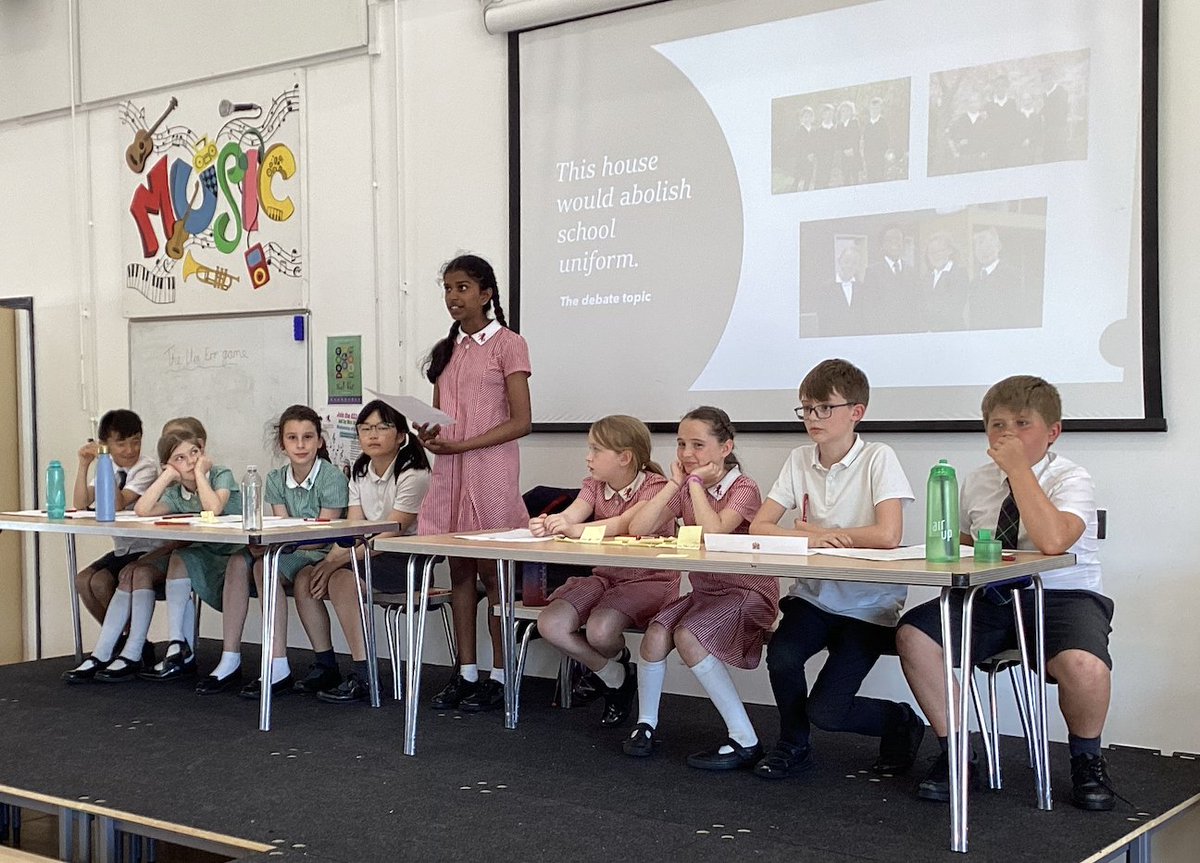Download our FREE smartphone app today!
Design and Technology (DT)
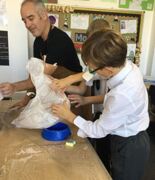
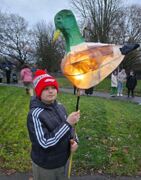
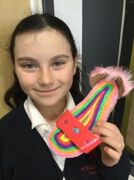
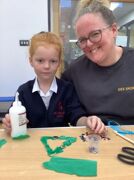
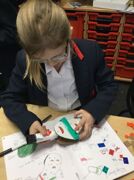
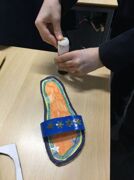

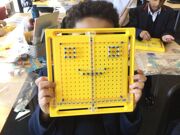
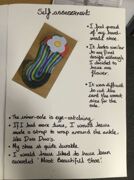
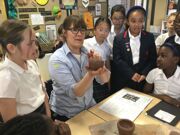

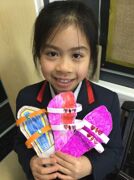
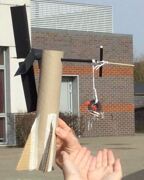
Design and Technology
At Holborough Lakes, our carefully designed curriculum prepares children to take part in the development of today’s rapidly changing world. This subject encourages children to become autonomous and creative problem-solvers, both as individuals and sometimes as part of a team. The cross-curricular nature of our design and technology scheme of work teaches practical skills and an understanding of aesthetic, social and environmental issues. This allows children to reflect on and evaluate present and past design and technology, its uses and its impacts. Pupils learn how to take risks, becoming resourceful, innovative, enterprising and capable citizens. Through the evaluation of past and present design and technology, they develop a critical understanding of its impact on daily life and the wider world. Our children enjoy designing and making for a real purpose and often sell their work at planned events to raise money for charities and for the school.
Assessment
Design and Technology knowledge gathering and learning are collected and recorded in sketchbooks from Year 1 to Year 6.
Children are encouraged to use these creatively. Each child is unique; sketchbooks reflect this as children develop their independence and creativity.
Teachers assess children’s knowledge, understanding and skills in Design and Technology by making observations of children working and by giving verbal feedback. Q-Matrix questions are devised to deepen understanding, forming an important part of formative assessment. Hinge questions ensure that children are ready to make progress and low-stakes knowledge checks are used to revisit key facts to help children retain information about designers, movements, craftworkers and techniques.
Children and teachers use green and pink highlighters to identify which steps to success the children have mastered. This identifies whether more time or support is needed to complete tasks or deepen understanding.
Children are encouraged to be critical of their own work and that of others through reflective self and peer evaluations. Teachers celebrate the learning journey that the children have experienced and the final outcomes with a short, written statement.
Progression in Vocabulary - DT
Curriculum Intent, Implementation and Impact
Intention:
- To build a Design Technology curriculum which develops learning and results in the acquisition of knowledge and skills. Children will know more, remember more and understand more.
- To have an understanding and appreciation of products and design and how and why items are made.
- To develop the skills and flair needed to express their ideas and produce intended outcomes in their own design work.
Implementation:
- We have a clear, comprehensive and cross-curricular scheme of work in line with the National Curriculum. Teaching and Learning shows progression across all key stages within the strands of DT.
- Children have access to key knowledge, language and meanings in order to understand and readily apply this to their practical work in DT.
- Children are exposed to work by designers and craftworkers who will inspire them and enable them consider and experiment with a range of techniques, designs, materials and dimensions, including food and cooking.
- Teachers demonstrate techniques and provide opportunities for children to explore these using a range of materials.
- Children collect their ideas, research, experimentation and designs in their own sketchbooks and in a class Big Book in which processes and results are captured, shared, reflected upon and celebrated.
- Work is produced with a clear purpose/audience and evaluated and displayed to the highest standard.
- Products are often shared, consumed or sold to raise money for our school and pupils.
- The environment is considered at every stage of the design and making process to ensure that children are aware of themselves as designers and consumers.
Impact:
- Children will achieve age related expectations in DT at the end of their academic year.
- Children will retain knowledge about designs and products that they scrutinise for each unit of work and speak about them with confidence.
- Children will understand what being a ‘designer’ means.
- Children will be able to articulate their preferences with reasons and respect that design not only involves ergonomics but also aesthetics, therefore it can be subjective.
- Children will understand that being a designer takes determination and perseverance.
- Children will be able to design and realise their own products using the skills and knowledge that they have acquired.






